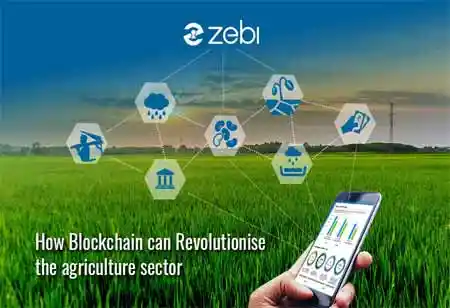Thank you for Subscribing to Agri Business Review Weekly Brief
How Solar Energy is Implemented in Agriculture
Solar energy can be used in agriculture in various ways, including cost savings, increased self-sufficiency, and pollution reduction.

By
Agri Business Review | Thursday, January 07, 2021
Stay ahead of the industry with exclusive feature stories on the top companies, expert insights and the latest news delivered straight to your inbox. Subscribe today.
Sun strength may be utilized in agriculture in numerous ways, including fee financial savings, increased self-sufficiency, and pollutants reduction.
FREMONT, CA: solar electricity, in its infancy, has become frequently used by powerhouses and groups positioned a ways from a strength grid. Solar power has improved into new regions and programs over the years. Not like fossil-fueled energy sources together with coal, gasoline, and petroleum, solar energy is not subject to depletion. Transitioning from non-renewable to renewable power assets has added up many possibilities. Additionally, it has elevated the call for sun panel installations, reducing the price. Sun electricity has completed sizeable advancements in normal existence, agriculture, and transportation. While solar strength has traditionally been used to energy area heating and lights, it has grown to encompass solar drying, solar cooling and refrigeration, and cooking.
Agriculture and Solar Energy
Rural communities depend upon agriculture and require to get the right of entry to renewable strength sources to hold a sustainable way of life. Agricultural operations, together with irrigation, fowl lights, and pest manipulation, do now not require a large electricity output, and solar photovoltaic cells are a properly-established power supply. Since farming and agriculture consume a tremendous amount of electricity for irrigation, plowing, greenhouses, heating, cooling, farm animals housing, and dairy sports, utility payments can quickly deplete the budget. But, even as the initial cost of sun strength can be expensive, farmers will benefit ultimately. solar drying, water pumping, and meals upkeep are only a few regions inside the agricultural enterprise that could advantage
Drying: traditionally, agricultural gadgets including meat, greens, and fruits had been dried within the outside, ensuing in a higher incidence of perishables loss. Rather than that, using sun thermal energy after a harvest lets in for a more prolonged garage duration because it is faster and isn't always laid low with herbal factors. Additionally, farmers can deliver them in advance if markets aren't already saturated. Sun dryers are available in numerous configurations, direct, oblique, and hybrid. Immediately drying is executed with a sun field dryer, indirect drying is completed with a sun cupboard dryer, and mixed or hybrid drying is finished with a hybrid sun/biomass cabinet dryer.
Refrigeration: Refrigeration is needed for processing and preserving agricultural meals products, which is an energy-extensive technique. Solar power is more feasible for cooling, specifically in far-off places with confined or no access to an energy grid. Further, solar electricity can be used efficaciously for area cooling or a combination of heating and cooling, consequently prolonging the shelf life of farm products.
Pumps for Water: solar power can be used for small-scale farming and irrigation on a bigger scale. Solar water pump structures might consist of an inverter and energy storage to provide a regular water supply every 24 hours. Sun water pumps also can maintain a steady water supply for cattle and regular consumption.
To summarize, solar power and its packages retain to adapt. However, sun electricity appears to be the most rational, financially realistic, and environmentally friendly solution with new and upgraded technology.





